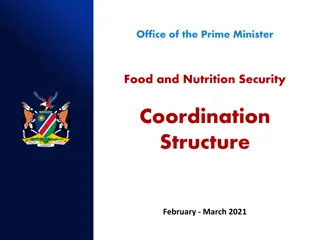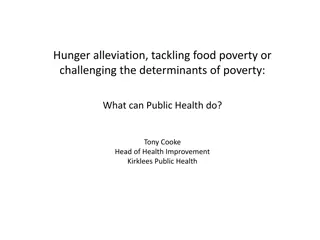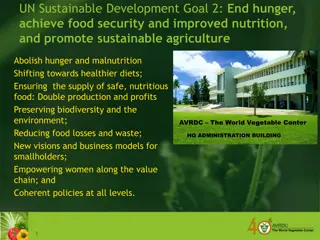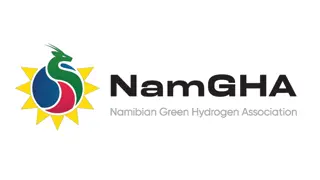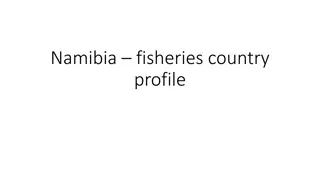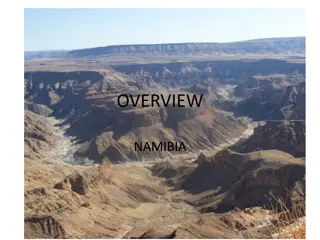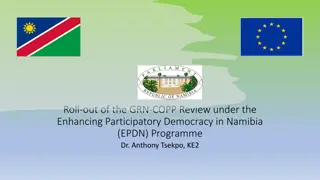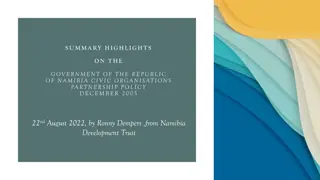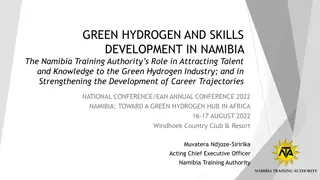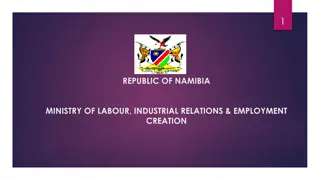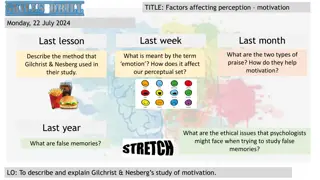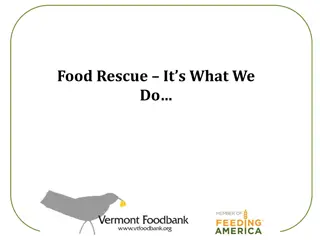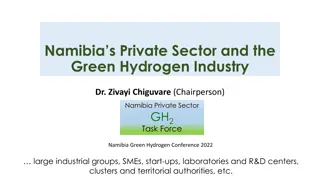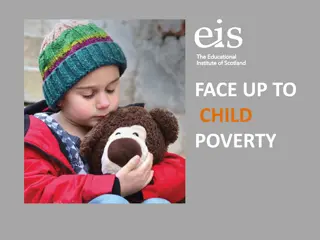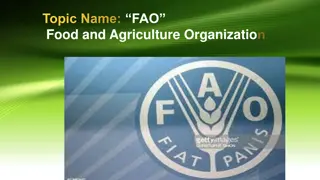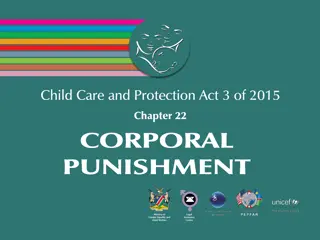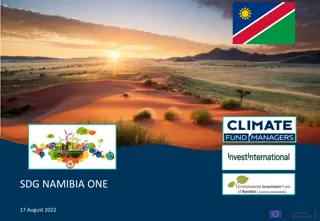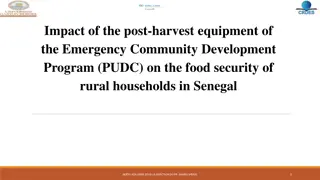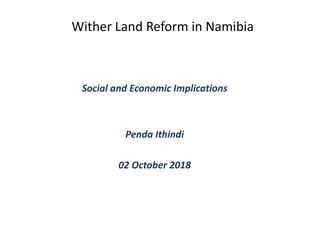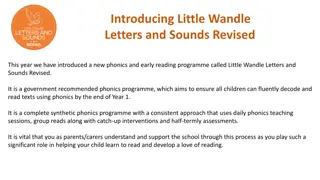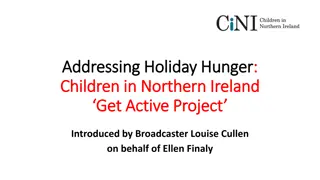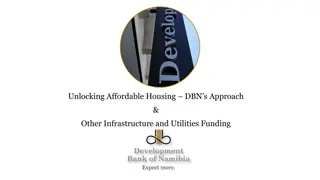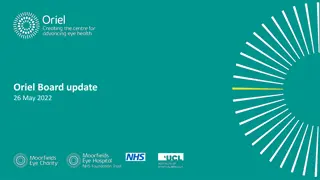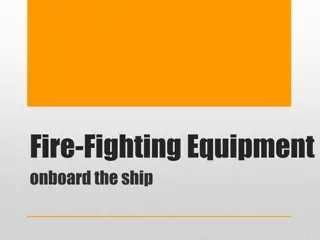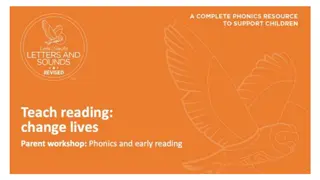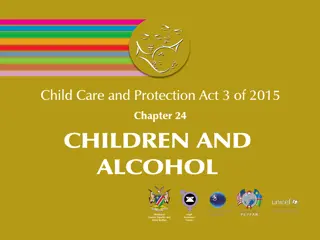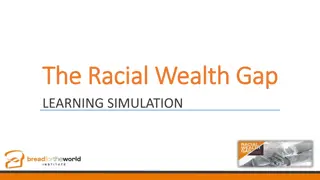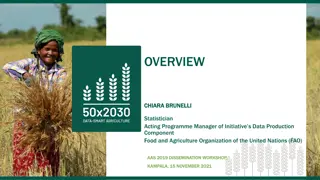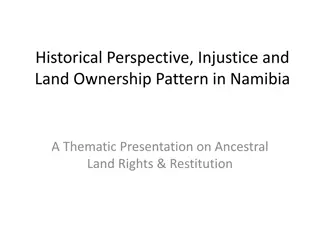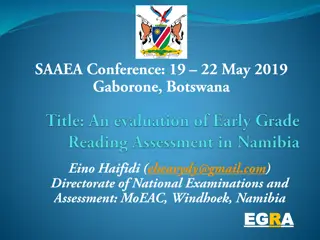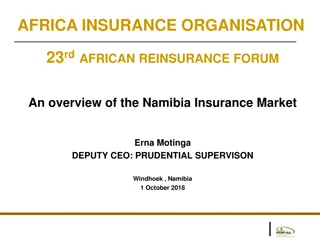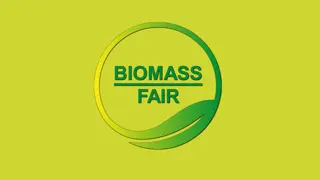World Food Programme in Namibia: Fighting Hunger and Supporting Development
The World Food Programme (WFP) in Namibia prioritizes achieving Zero Hunger and partnering to support the implementation of Sustainable Development Goals. WFP reaches over 80 million people worldwide with food assistance annually with a vision of ensuring access to food for all. WFP's diverse workforce works towards providing technical assistance to strengthen programs addressing food and nutrition security, guided by national development plans and government priorities.
Download Presentation

Please find below an Image/Link to download the presentation.
The content on the website is provided AS IS for your information and personal use only. It may not be sold, licensed, or shared on other websites without obtaining consent from the author. Download presentation by click this link. If you encounter any issues during the download, it is possible that the publisher has removed the file from their server.
E N D
Presentation Transcript
Elvis Odeke (Head of Programmes) & Rachael Mhango (Nutritionist) both WFP Namibia
WFP PRIORITIES WFP prioritize SDG 2, on achieving Zero Hunger; AND SDG 17, on Partnering to support implementation of the SDGs.
Worlds Largest humanitarian agency fighting hunger worldwide ABOUT WORLD FOOD PROGRAMME Reaches over 80 million people with food assistance in the world each year Vision: Every man, woman and child should always have access to food needed for an active and healthy life, zero hunger in the world
World Food Programme Mission Statement
Programmes guided by the National Development plan, Harambee Properity Plan and other government priorities, and strategies. ABOUT WORLD FOOD PROGRAMME in Namibia WFP works within the framework of the United Nations Partnerships Framework (UNPAF): Pillars 1) Economic Growth; 2) Social Transformation; 3) Environmental Sustainability; 4) Good Governance Broad Aims - Provide technical assistance to government to strengthen programmes that address food and nutrition security. - Support the Government accelerate the journey towards the achievement of zero hunger
What's WFPs Focus on? Individual dietary intake of sufficient food and nutrients. Improving household access to food
Access to adequate food. Poverty, income inequality, high unemployment high food prices HIV and COVID-19 are major factors limiting access to food Namibia s Country Strategic Plan (CSP) line of sight Ending all forms of malnutrition. Child stunting is at 24%, wasting 6% and underweight 13%
The three pillars of food security Food availability: The amount of food physically available to a household or at national level; Access to food: The physical and economical ability of a household to acquire adequate amounts of food; Food utilization: The intra-household use of the food accessible and the individual s ability to absorb and use those nutrients. A U T I L I Z A T I O N V A A I C L C A B E I S L S I T Y S TA B I L I T Y
World Food Programme Mission Statement
Smallholder Productivity and Income. Most smallholder and subsistence farmers live in communal areas where access to land and water is challenging. Most smallholder producers 54 percent are women Sustainable food systems. Namibia s climate is semi-arid and arid. Agricultural land accounts for 47 percent of the total area, of which only 34 percent supports economic crop and livestock production. WFP s Country Strategic Plan (CSP) line of sight
WFPs work in Namibia WFPs Partnership with: The Namibian government in support of national policy for reducing undernutrition in partnership with UN sister agencies, NGOs, FBOs, the private sector, and academia.
Interventions in Namibia: National School Feeding Programme WFP supports the Ministry of Education in efficiency and effectiveness of the school meals programme. This included the development of a school feeding policy, Implementation guidelines and monitoring plan Technical support on a web-based information system to capture monitoring information. improving the
WFP is providing technical assistance to the government in the implementation of the National school feeding Programme, over 400,000 primary school learners are benefiting from the programme WFP will provide financial and technical support in the piloting of the Home- Grown School Feeding Programme as a strategy to improve educational and nutrition outcomes Interventions in Namibia: National Interventions in Namibia: National School Feeding Programme School Feeding Programme
Interventions in Namibia: National School Feeding Programme WFP is in the process of providing emergency school feeding to school learners in Kunene region most affected by severe drought condition, 3000 students from most affected households will be provided with a dry take home ration.
Interventions in Namibia: Nutrition Provision of Ready to Use Supplementary Food (RUSF) to all health facilities across the country for treatment of Moderate Acute Malnutrition (MAM). Fill the nutrient Gap Study: Analyses the nutrition situation in a country and identifies the barriers faced by the most vulnerable to accessing and consuming healthy and nutritious foods. Technical and financial support on the development of the food and nutrition security policy for nutrition sensitive and nutrition specific interventions (2020-2025)
Drought Response: Interventions in Namibia: Emergency Response 101,636 clients on ART (plus two family members each, totalling 304,908 beneficiaries) in eight out of 14 regions of the country and 44,900 severely drought affected beneficiaries in Kavango East and Kavango West regions Cash Based Transfers (CBT) and Food Based Transfers
Interventions in Namibia Zero Hunger Programme Implementation: OPM and other stakeholders Food security and Vulnerability Assessment: OPM and other Stakeholders Climate Adaptation: Ministry of Environment and other stakeholders Livelihood strengthening projects Cost of Hunger Study: NPC, NSA, OPM plus other Stakeholders Food Systems: Production to Consumption



